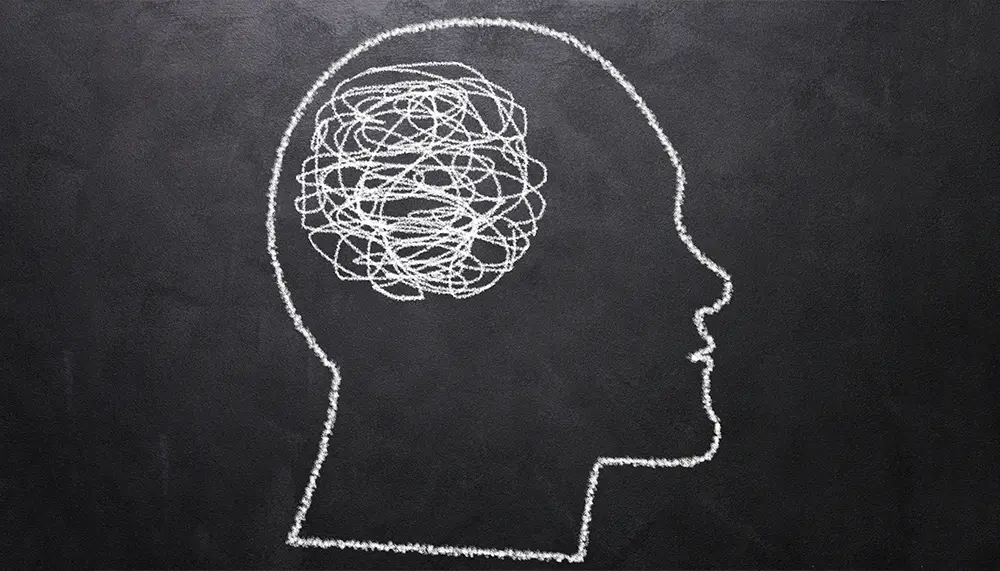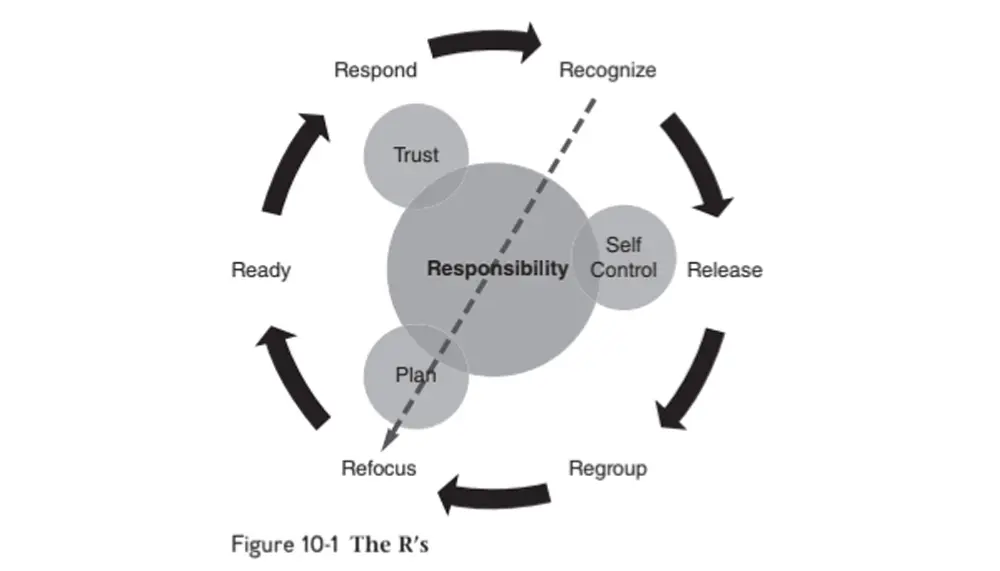



Let us take a trip back to one of the most iconic movies ever, Zindagi Na Mileagi Dobara, in particular, the scene where Arjun (played by Hrithik Roshan) tells a nervous and fearful Imran to “let it go” just before jumping out of a plane at a height of 10,000 feet above the ground. While such a moment might be just another scene in a movie for audiences, but for sports performance psychologists, this scene packs an important meaning which is of crucial relevance for athletes and coaches

A recent article dated 12th December features a very interesting story of Indian Badminton Ace, Tanisha Crasto, who gave an interview after defending the Guwahati Masters Super 100 Title. In this article she mentions the reason for a string of “lopsided losses” before defending her title in Guwahati. The reason she states was not taking a break to overcome the emotional overwhelm post the Olympic campaign. However, she showed her resilience by overcoming this challenge and getting back to winning ways.
Both the incidents, which might seem almost random, actually hold a very significant trait in common, which ignites a special interest within sport and performance psychologists. The idea of Awareness. An often overlooked or a misunderstood topic, Awareness, or more specifically Self-Awareness, is a very important skill for athletes to learn which coaches and psychologists try to inculcate for better training and performance. Awareness involves athletes developing ways to ““check in” and determine if [their] arousal level, emotional state, thought processes, and focus are where they need to be, and, if not, adjust them to give the best opportunity for success” (Ravizza & Fifer, 2013). Awareness as a skill plays a very important role in attaining the state of flow or peak performance.
A structure that encapsulates to develop a sense of awareness among athletes is called the “R’s” (Statler & Tilman, 2010; Tilman, Ravizza & Statler, 2011). The structure truly clarifies for athletes the fact that there is a relationship between the various things they do to maximise performance, particularly during adversity. When they can begin to understand that they have control over their own reactions, attitudes, and behaviors no matter the situation present, they begin to take responsibility for their performance. This becomes the first stage of the R’s cycle. This cycle includes:
 The R’s Cycle: Ravizza & Fifer, 2013
The R’s Cycle: Ravizza & Fifer, 2013
Feldenkrais (1972), a movement specialist, offers the following analogy which is perfect to understand the relevance of building Self-Awareness “A man without awareness is like a carriage whose passengers are the desires, with the muscles for horses, while the carriage itself is the skeleton. Awareness is the sleeping coachman. As long as the coachman remains asleep the carriage will be dragged aimlessly here and there. Each passenger seeks a different destination and the horses pull different ways. But when the coachman is wide awake and holds the reins the horses will pull and bring every passenger to his proper destination (p. 54)” When athletes gain more awareness, they can make more accurate adjustments in their performance (Ravizza & Fifer, 2013)
Coming back to our examples mentioned in the beginning. It was using her self-awareness as a skill that Tanisha Crosta managed to understand what aspects of her performance needed adjustments which resulted in an intervention that suited her needs resulting in better preparation for her later tournaments. Imran, upon realising that the only way to overcome his fear of heights is by attempting to jump. Awareness marks the first step towards directed progress and enhanced performance outcomes
Self-awareness is a critical skill for athletes to master. By recognizing their emotions, thoughts, and behaviors, athletes can optimize their performance, manage stress, and overcome challenges. By incorporating techniques like mindfulness, journaling, and feedback seeking, athletes can cultivate self-awareness and achieve their full potential. This, in turn, leads to improved decision-making, increased focus, and enhanced overall performance, thereby increasing the chances of reaching the state of flow.
Williams, J. M., & Krane, V. (2015). Applied Sport Psychology: Personal Growth to Peak performance (By University of Arizona & Bowling Green State University). McGraw-Hill. https://www.mhhe.com